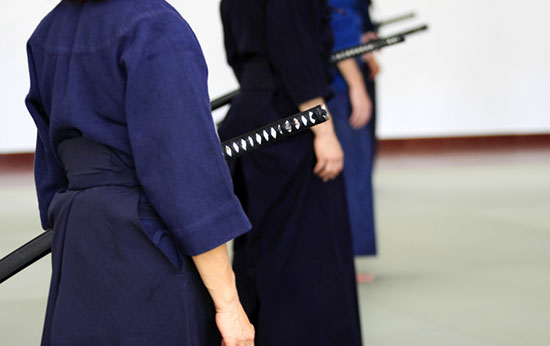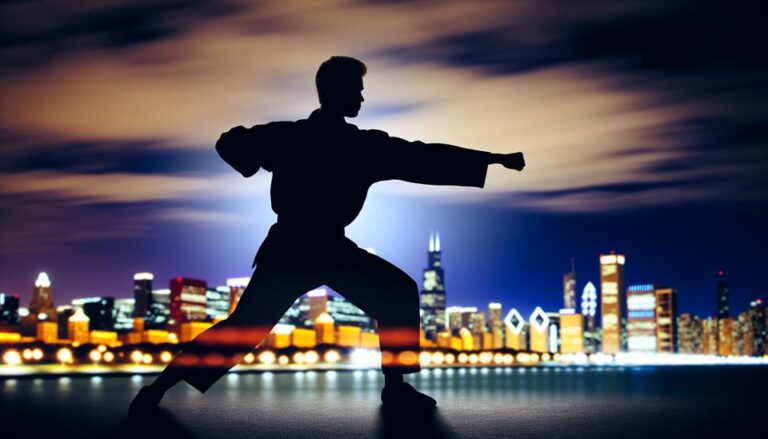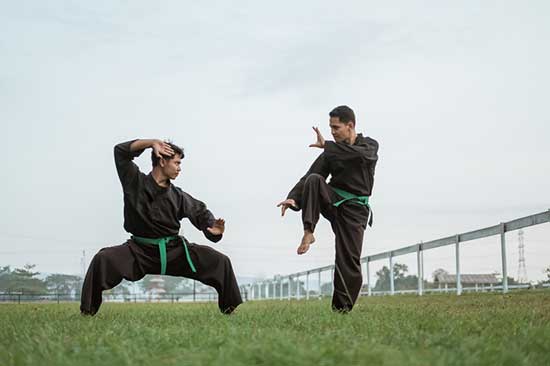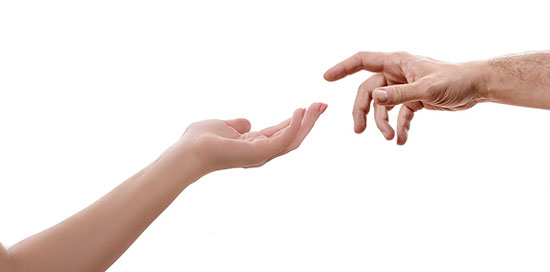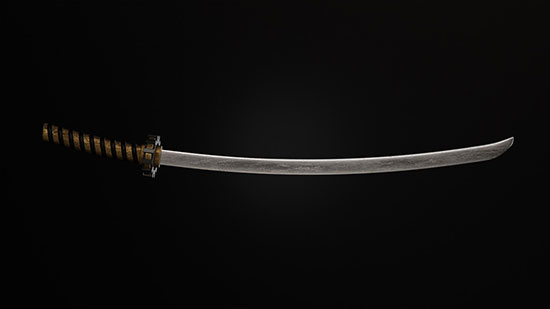You’ve always been intrigued by martial arts, haven’t you? Particularly, the mystique of pressure points has caught your attention. How do they work? Can you really incapacitate an opponent using them?
In this article, you’ll dive into the fascinating world of pressure points in martial arts. We’ll explore their role in different styles, learn techniques, discuss safety and ethics, and even examine their real-life applications.
Contents
Understanding the Concept of Pressure Points in Martial Arts
While you’re learning martial arts, it’s crucial that you understand the concept of pressure points because they can significantly impact your technique and effectiveness.
Think of your body as a map, with pressure points as specific locations that, when struck properly, can incapacitate an opponent or alleviate pain. You’ve got hundreds of these points all over your body, each one linked to a different reaction.
But it’s not just about knowing where they are. You’ve also got to know how to hit them in the right way. A poorly executed strike may not have the desired effect.
The Role of Pressure Points in Different Martial Arts Styles
You’re delving into the role of pressure points in various martial arts styles, and it’s fascinating how their application can differ yet remain vital across the board.
In Karate, for instance, pressure points are used as targets for strikes to disrupt an opponent’s balance or inflict pain. In contrast, Aikido leverages them for joint locks and throws.
Consider this table:
| Martial Art | Use of Pressure Points |
|---|---|
| Karate | Target for strikes |
| Aikido | Joint locks and throws |
| Jujitsu | Submission techniques |
In Jujitsu, pressure points are manipulated to force opponents into submission. So you see, despite the varying techniques, pressure points remain a fundamental concept in martial arts. It’s all about understanding your opponent’s body and knowing the right points to target.
Techniques and Training in Pressure Points Martial Arts
In your training for Pressure Points Martial Arts, it’s crucial that you master not only the location of these points, but also the various techniques for applying pressure and, simultaneously, protecting your own vulnerable areas. You’re not just learning to attack, you’re also learning to defend.
Consider the following:
Techniques
- Striking: You’re aiming to hit pressure points with speed and precision, disrupting your opponent’s flow.
- Grasping: You’re seizing the pressure point, manipulating it to control your adversary.
- Pressing: You’re using sustained force on a pressure point, causing discomfort or pain.
Training
- Identification: You’re memorizing the human anatomy’s pressure points.
- Application: You’re practicing techniques on dummies, then partners.
- Sparring: You’re testing your skills in a controlled environment.
With time, you’ll master these techniques, becoming a formidable martial artist.
Safety Measures and Ethical Considerations in Pressure Points Martial Arts
Despite the effectiveness of Pressure Points Martial Arts, it’s essential for you to adhere strictly to safety measures and ethical considerations to prevent injuries, both on and off the mat.
Always warm up before diving into your practice to prep your muscles and reduce the risk of strains.
You’ve got to remember that this art isn’t about inflicting harm but for self-defense and discipline. Don’t exploit your knowledge to cause unnecessary harm.
It’s also crucial to practice with a partner who understands the risks and agrees to the safety rules. In case of an accident, ensure immediate medical help.
The Real-Life Impact and Applications of Pressure Points Martial Arts
Mastering Pressure Points in Martial Arts offers several benefits. Not only do you equip yourself with self-defense skills, but you also gain a profound understanding of the human body.
This understanding can be handy in emergency situations. By learning to manipulate critical areas, you can have immediate effects on various individuals.
Your ability to immobilize an attacker with a quick jab to a specific point gives you time to escape. This skill allows you to counteract aggression without causing permanent harm. Additionally, knowing pressure points enables you to help an injured person.
By applying pressure, you can slow bleeding until help arrives. Moreover, you’re able to alleviate pain through targeted pressure.
Furthermore, mastering pressure points benefits you personally. You can relieve headaches and other discomforts that you may experience. Additionally, you’re able to improve your body’s balance and overall health.
This knowledge of pressure points can be immensely powerful. It enables you to protect and heal, all with the touch of your hands.
Conclusion
So, you’ve delved into the world of pressure points martial arts. You’ve learned their integral role, various techniques, and ethical considerations.
You’ve also explored their real-life applications. Remember, wielding this knowledge comes with responsibility. Always practice safely and ethically.
With mastery, you’ll not only enhance your martial arts skillset, but you’ll also gain a powerful self-defense tool.
Keep honing your skills, and the art of pressure points martial arts will be an invaluable asset in your arsenal.
